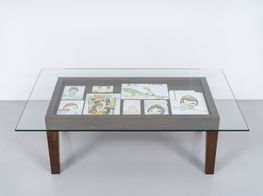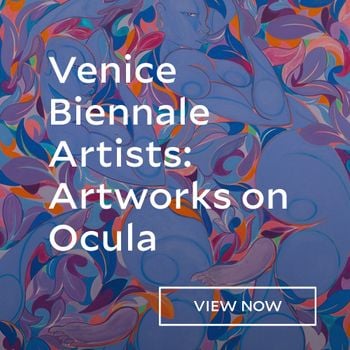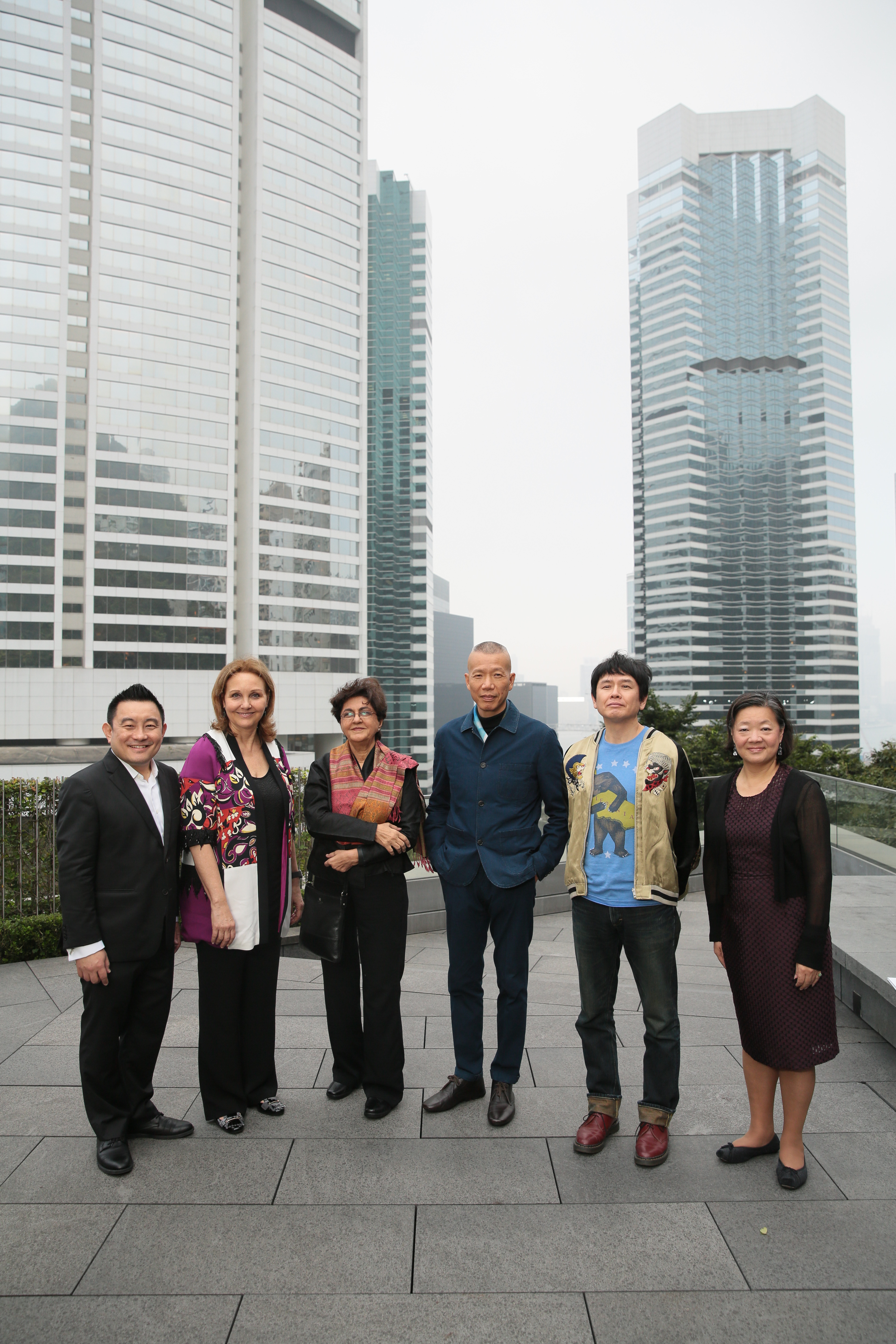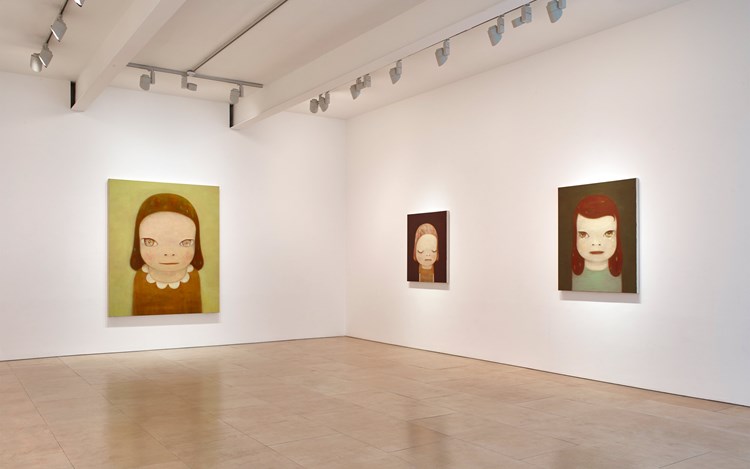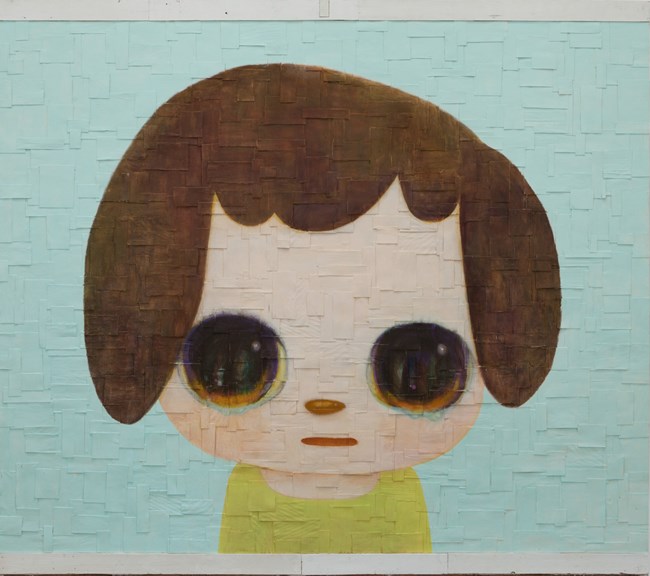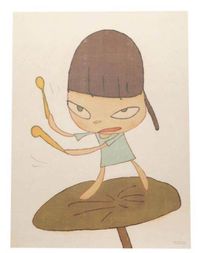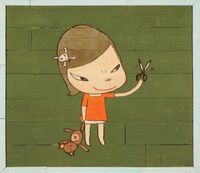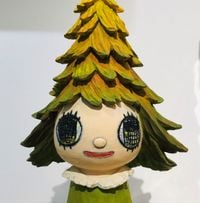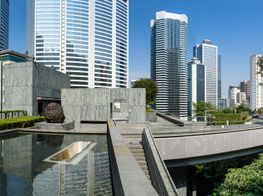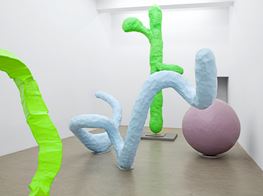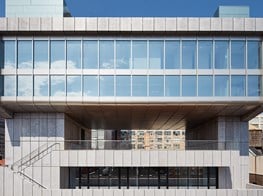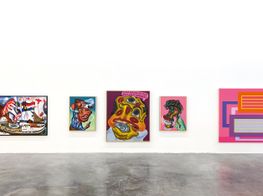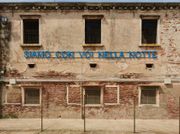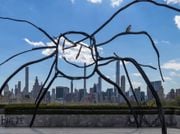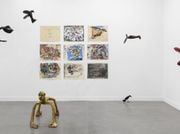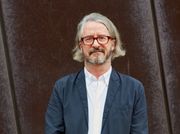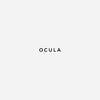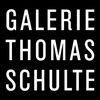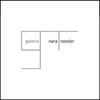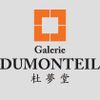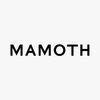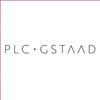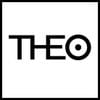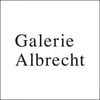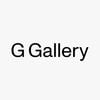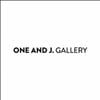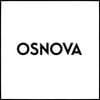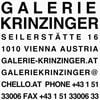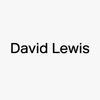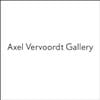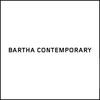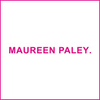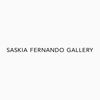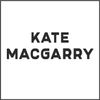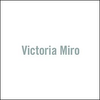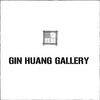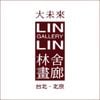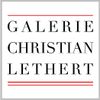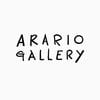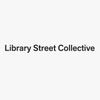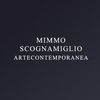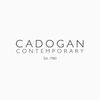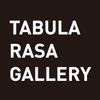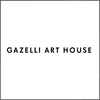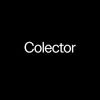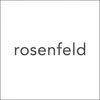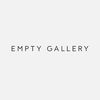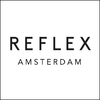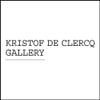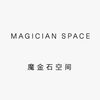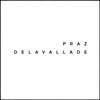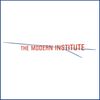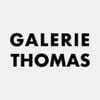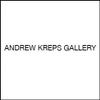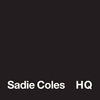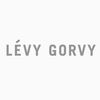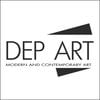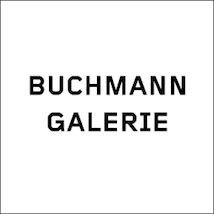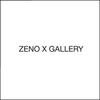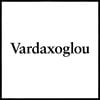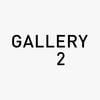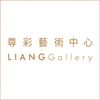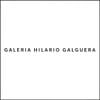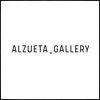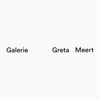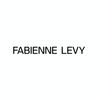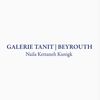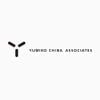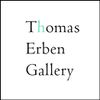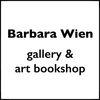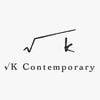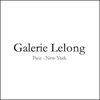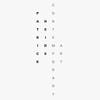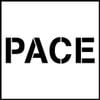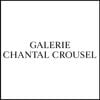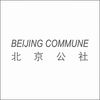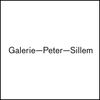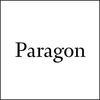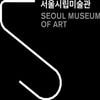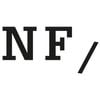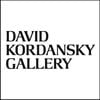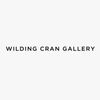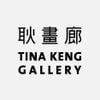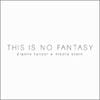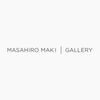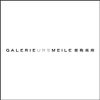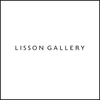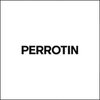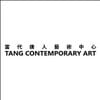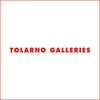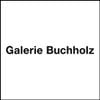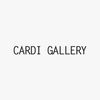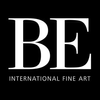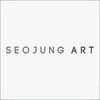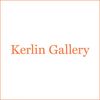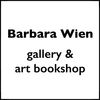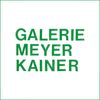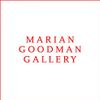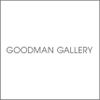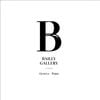Yoshitomo Nara
Image: Yoshitomo Nara. Courtesy the artist.
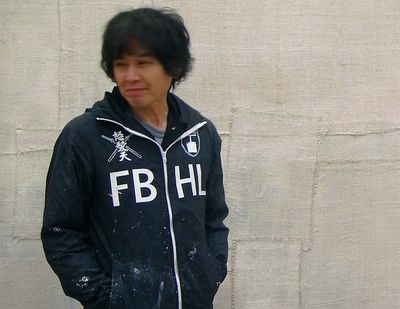
Image: Yoshitomo Nara. Courtesy the artist.
While in Hong Kong to receive one of three prestigious Asia Arts Game Changer awards from the Asia Society, Yoshitomo Nara spoke to Ocula about his work, and how he finds the solitude he needs to create, by living in the small and distant city of Aomori, Japan.
Born in 1959, Nara studied at the Aichi Prefectural University of Fine Arts and Music, before moving to Germany where he continued his studies at the Kunstakademie Düsseldorf.
Returning to Japan in 2000, he has subsequently exhibited widely both in his home country and on the international stage.
Witnessing the devastation of Japan's 2011 earthquake and tsunami significantly changed the way he thinks about his own work, he says.
CSWhat does it mean to you to be recognised by the Asia Society in this way?
YNIt feels like it is happening to someone else. It doesn't feel real. When it comes to myself, I know the general public like me, but I was always unsure if professionals in the art world appreciate what I do. I felt inferior, so it feels like this award recognises me.
CSDo you think of yourself as an Asian artist?
YNSome things remind me that I am an Asian artist. The first time I had an exhibition in the United States was in 1986 in LA. At the opening, many of the audience members were Asian American and I realised they see me as the same as them, as Asians and that we share the same ancestors. I hadn't realised that before.
After that, I had an opportunity to do exhibitions in Korea and Bangkok with local audiences and they also really saw me as Asian, like one of them. One thing that was very surprising was in 2005 in Korea when they chose my work for an award. Koreans have a strong anti-Japanese sentiment and so people told me that it is very rare for them to choose a Japanese artist so I realised they were looking at me as an artist.
CSDo you think that has something to do with how your work appeals on an emotional level without an overt cultural or political message like some other Japanese artists?
YNI think it is also about the manner of presentation. Like for Aida-san (Makoto Aida), his work has some sort of an agenda that he needs to address. He always is aware of who is viewing his work and is very aware of the audience. In my case, it is not about the country or the people or categories. I am just trying to express individual things, so for people keen to understand things on that level, my work will probably resonate.
Basically, my approach is that it doesn't matter if there is an audience out there. Even if I knew there would be no one out there to look at my work, I would still make the exact same thing.
CSIs it true that you can't create when you are happy?
YNIt is true. You probably know that I live in the middle of nowhere and the reason I place myself there is because when you are having so much fun you don't face yourself. When you are living in a place like Tokyo, for example, there are a series of good times and fun things and you tend to pursue those short-term things and then the joy of painting becomes less and less important. You also don't look into yourself when you are having a good time. When I am sad and angry, I take it as an opportunity to create something.
CSIs it difficult deciding between being happy and being creative?
YNIt sounds like a paradox, but rather than expressing something fun and enjoyable and translating it into work, taking something negative gives me more enjoyment. I guess it is similar to those people who compose or write when they are angry or sad.
CSDo you think the audience understands that there is more to your paintings than the first impression of kawaii?
YNMost people just have a superficial interpretation: maybe that is why I am so popular! [laughs] Actually, maybe it is inevitable because of my style.
CSMany artists in Japan were deeply affected by the 2011 earthquake and tsunami in Tōhoku. How did it influence your own work?
YNI think what is different about those artists who were affected by the earthquake is that I grew up in Aomori, which is on the border of Fukushima. The whole area between us and Fukushima was devastated; the whole scenery I was familiar with has been destroyed. For some people with no relation to the area, they may be affected as an artist, but in my case I was a lot more affected on a personal level because I know people who were lost. I was quite depressed and unstable for quite some time, but then I saw people from that devastated area starting to come back and they started again.
CSYou lived for some time in Berlin, how has that period influenced your work?
YNI guess that Berlin and Aomori are different places, but it is their isolation and remoteness that makes me see things a lot better than when I am having fun. It magnifies things so much more. In Berlin, I was a foreigner and I had no language skills so I felt very much isolated. It was like growing up in Aomori which is very much disconnected from Japan. It reminded me of who I am and helped me rediscover myself.
CSDoes working make you happy?
YNI don't have set goals or purposes. My gut feeling or instinct tells me what to do and then sometimes in hindsight I realise that was something that I wanted to do. I trust my instincts. For example, if I had picked London instead of Germany, I would have had too much fun and I wouldn't have picked up who I am today. Germany wasn't as entertaining, so I was looking into myself and had a better understanding of myself so in that way it was a good thing.
I am not Christian or Buddhist and don't practice religion, but I think that a god is out there leading me to certain places and for me to do things.
CSDo you have a clear idea of what a work will look like before you begin painting or drawing?
YNI don't have a set goal, otherwise I cannot maximise my hidden capability. If you rely on technique or methodology you won't bring out your hidden capabilities. Sometimes I just stop if I know I am not doing it. This trying to maximise my capabilities is what I started to do after the earthquake—this is the change.
CSThe figures in your paintings are mainly girls—why?
YNI don't think of her as a girl because it is a neutral image. It is just something that popped into my mind and I have not thought about it. For me, there is no distinct sex because people become men or women when they grow up. Children are more neutral. That is the way I see them.
CSDo you have a preference between sketching and painting?
YNSketching is what I am best at. That is when I am doing the best I can. I am good at drawing but painting is a bit of a stretch [laughs].
CSYou are quite shy—do you find talking about your work difficult?
YNI don't like being in front of the public, but my work can do that for me. All my works are very personal and about me, but still, many people find it resonates with them; so they are basically taking my pieces into them.
Some say my work is a representation of this or that and try to associate my work with some social factor, but I don't think that it is right. To to be honest, what I'd like to tell my audience is that they don't need to have knowledge about me or my work—as long as they can look at it face to face as an individual then the interpretation is up to them. —[O]

